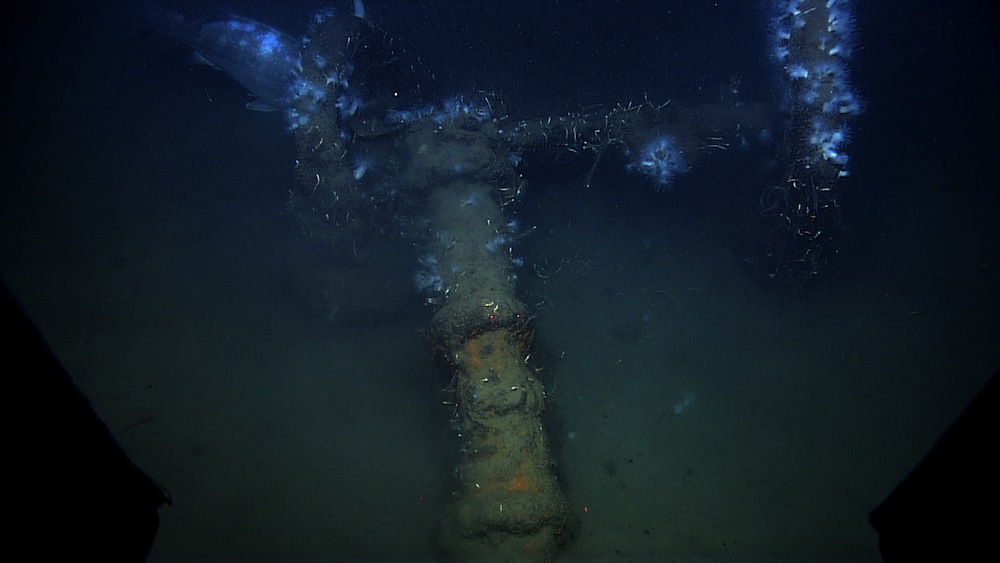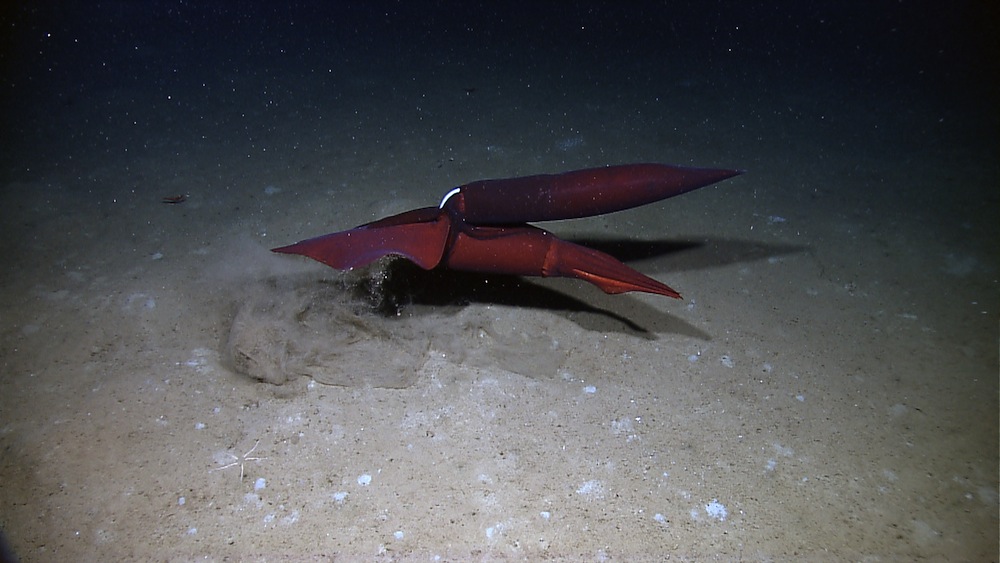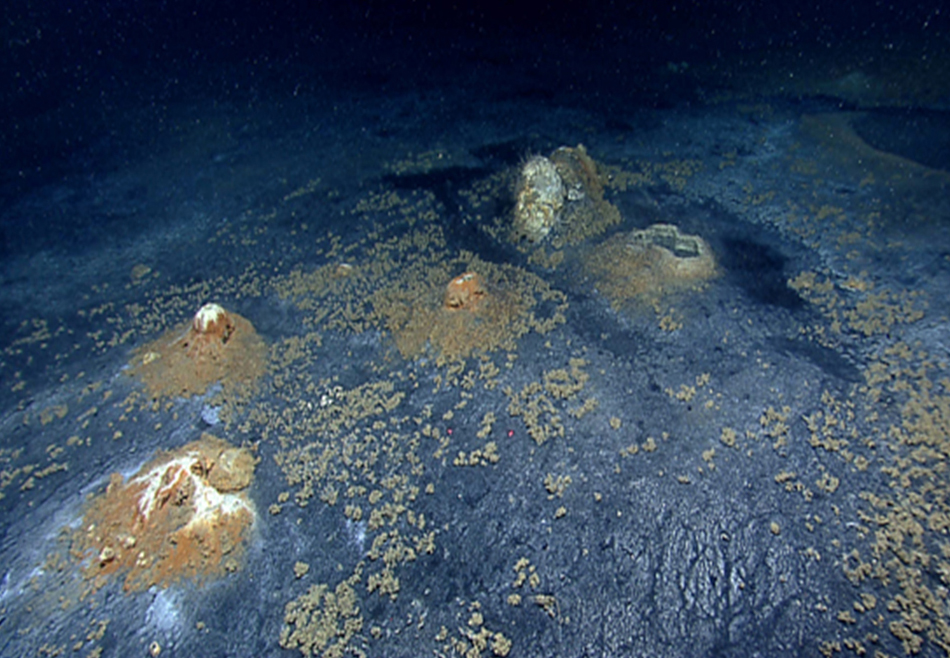Gallery: Exploring the Gulf of Mexico
Bilge Pump

A bilge pump from a shipwreck found in the Gulf of Mexico. Early explorations had mistaken this pump for a cannon.
Mating Squid

Two squid attempt to mate in the Gulf of Mexico.
Salt "Volcano"

Salt “volcanoes” with oil, gas, and brine being expelled. Here, less-dense oil migrated upwards to the seafloor through faults in the subsurface, passing through areas of brine still trapped below. As the brine-covered oil droplets escaped the seafloor and travelled upward towards the surface of the Gulf, their denser layers of brine were shed, falling back to the seafloor. Droplet by droplet, the salt slowly built up a cone around the oil seep. The brown mineral on the volcanoes and the seafloor is unknown.
Get the world’s most fascinating discoveries delivered straight to your inbox.

Stephanie Pappas is a contributing writer for Live Science, covering topics ranging from geoscience to archaeology to the human brain and behavior. She was previously a senior writer for Live Science but is now a freelancer based in Denver, Colorado, and regularly contributes to Scientific American and The Monitor, the monthly magazine of the American Psychological Association. Stephanie received a bachelor's degree in psychology from the University of South Carolina and a graduate certificate in science communication from the University of California, Santa Cruz.


